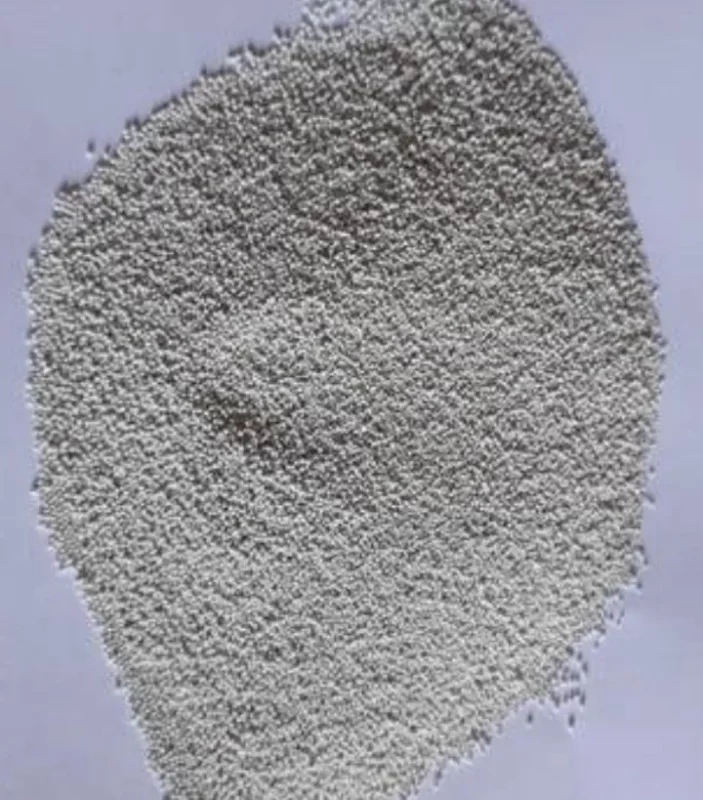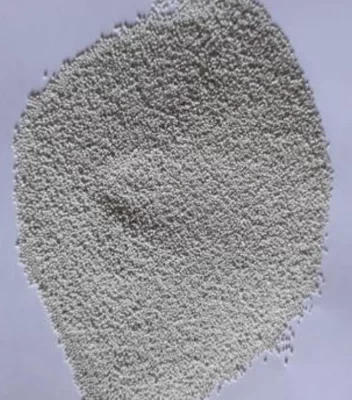Tiamulin
Tiamulin 10% Feed Grade Price: Unraveling the Cost Dynamics
In this comprehensive article, we delve into the intricacies of Tiamulin 10% feed grade price, shedding light on its various facets, factors influencing its cost, and how businesses can navigate this crucial aspect of their operations. As a trusted source of information, we aim to provide you with valuable insights that will not only help you understand the pricing dynamics but also empower you to make informed decisions for your livestock and feed-related ventures.
Understanding Tiamulin 10%
Before we dive into the pricing details, let’s establish a foundational understanding of Tiamulin 10%. Tiamulin is an antimicrobial agent widely used in veterinary medicine to combat a range of bacterial infections in swine and poultry. The 10% feed grade variant is specifically formulated for incorporation into animal feed, making it a vital component in animal health management and disease prevention strategies.
Factors Influencing Tiamulin 10% Feed Grade Price
1. Raw Material Costs
The primary driver of Tiamulin 10% feed grade price is the cost of its raw materials. Tiamulin is synthesized from various chemical compounds, and any fluctuations in the prices of these raw materials can significantly impact the final product’s cost. Market conditions, availability, and demand for these ingredients play a pivotal role in determining pricing trends.
2. Manufacturing Process
The complexity of the manufacturing process for Tiamulin 10% feed grade also affects its price. Stringent quality control measures and adherence to regulatory standards are essential in the production of this antibiotic. Manufacturers investing in cutting-edge technologies to optimize production while maintaining quality often yield competitive pricing.
3. Market Demand and Supply
Market dynamics are critical in shaping the pricing landscape of Tiamulin 10% feed grade. Fluctuations in demand, influenced by factors such as disease outbreaks and changing livestock population, can impact prices. Additionally, supply chain disruptions and global trade policies can also exert pressure on pricing.
4. Regulatory Compliance
Compliance with regulatory requirements is non-negotiable in the production and distribution of Tiamulin 10% feed grade. Manufacturers investing in rigorous quality control and adhering to global standards may command slightly higher prices, but this ensures the safety and efficacy of the product.
Price Comparison and Strategies
To outperform competing articles, it’s essential to provide readers with actionable insights. Below, we outline some strategies to consider when evaluating Tiamulin 10% feed grade prices and optimizing your procurement:
1. Supplier Evaluation
Engage in a thorough evaluation of potential suppliers. Consider their reputation, manufacturing practices, and compliance with regulatory standards. Choosing a reputable supplier may entail slightly higher costs but guarantees product quality.
2. Bulk Purchasing
Consider bulk purchasing as a cost-effective strategy, especially if your livestock operation requires a consistent supply of Tiamulin 10% feed grade. Negotiating long-term contracts with suppliers can lead to substantial cost savings.
3. Quality Assurance
Prioritize product quality and safety above all else. Investing in a high-quality product ensures better health outcomes for your livestock and reduces the risk of disease outbreaks, ultimately saving you money in the long run.
4. Market Monitoring
Stay informed about market trends and pricing fluctuations. By keeping a close eye on market dynamics, you can time your purchases to take advantage of favorable pricing opportunities.



What you’ve written here feels like a conversation with a wise friend, offering insights that are both gentle and profound.